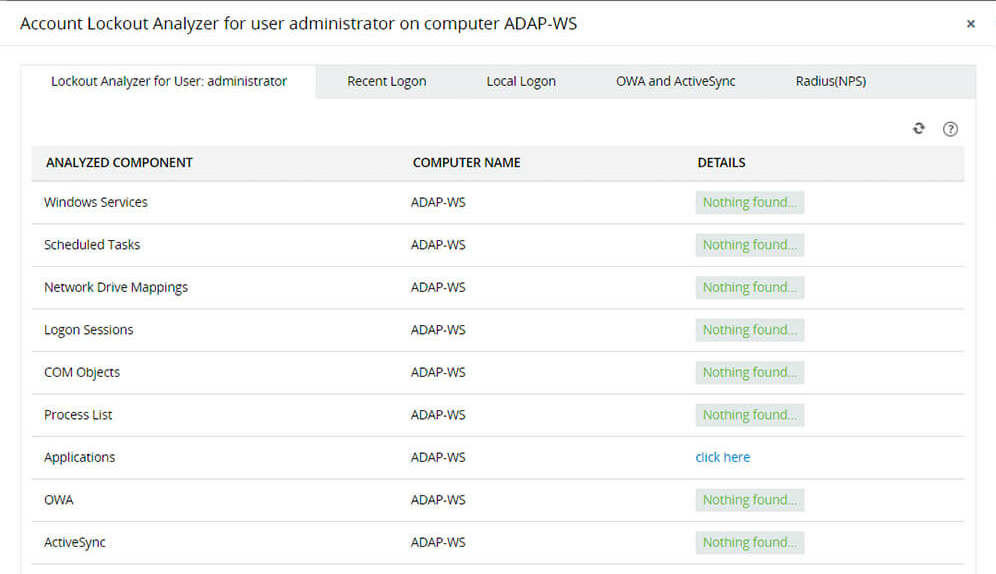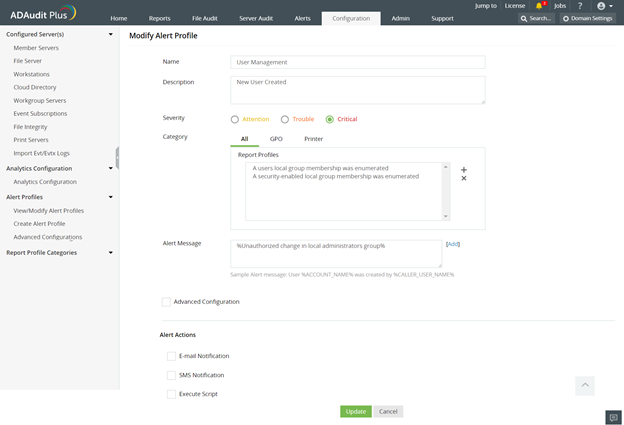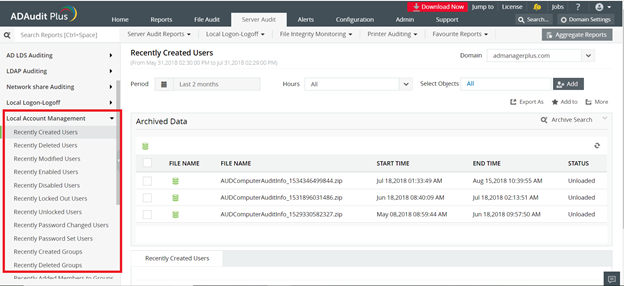In my previous post, we looked at how event correlation can be used to deal with advanced persistent threats (APTs). The thing is, an APT...
Monitoring Active Directory and Windows computers to detect attacks [Webinar]
If organizations and administrators can be alerted when they’re under attack, then they can take immediate action to negate the attack. The issue with alerts...

Conquer it with correlation—Part 1: The advanced persistent threat (APT)
Among all the pesky attacks that keep security administrators working late, advanced persistent threats (APTs) are possibly the most lethal. An APT is a long-term, targeted attack which involves stealthily spying on an organization’s...

Account lockout and management tools
.whatSection a {
background: #e9142b;
border-radius: 3px;
color: #fff;
font-size: 14px;
font-weight: 300;
padding: 15px 40px;
text-decoration: none;
transition: all 1s;
}
User behavior analytics for streamlined threat detection
Cyberthreats are on the rise and breaches are becoming more common. Many businesses rely on technology to protect themselves, but attackers also use technology to...

Secure workstations by monitoring and alerting on membership changes in the local Administrators group, Part 2
In Part 1, we touched on how routine monitoring of object life cycle changes in the local Administrators group can help strengthen your organization’s overall...

Empower students to reset their passwords by themselves
Back to school Active Directory password management blues are a huge problem. If you’re an IT administrator at an educational institution, you know exactly what we’re talking about. At...

Secure workstations by monitoring and alerting membership changes on Local Administrators Group, Part 1
Imagine you’re an admin in a company that prides itself on its security practices, which includes using firewalls, IDP systems, and IPS systems. You have...

Why password blacklisting is so important, and how to do it in Active Directory
Passwords are still the most popular authentication method used to grant users access to critical business resources. According to the 2017 State of Authentication Report, more than half of US companies use only passwords...

